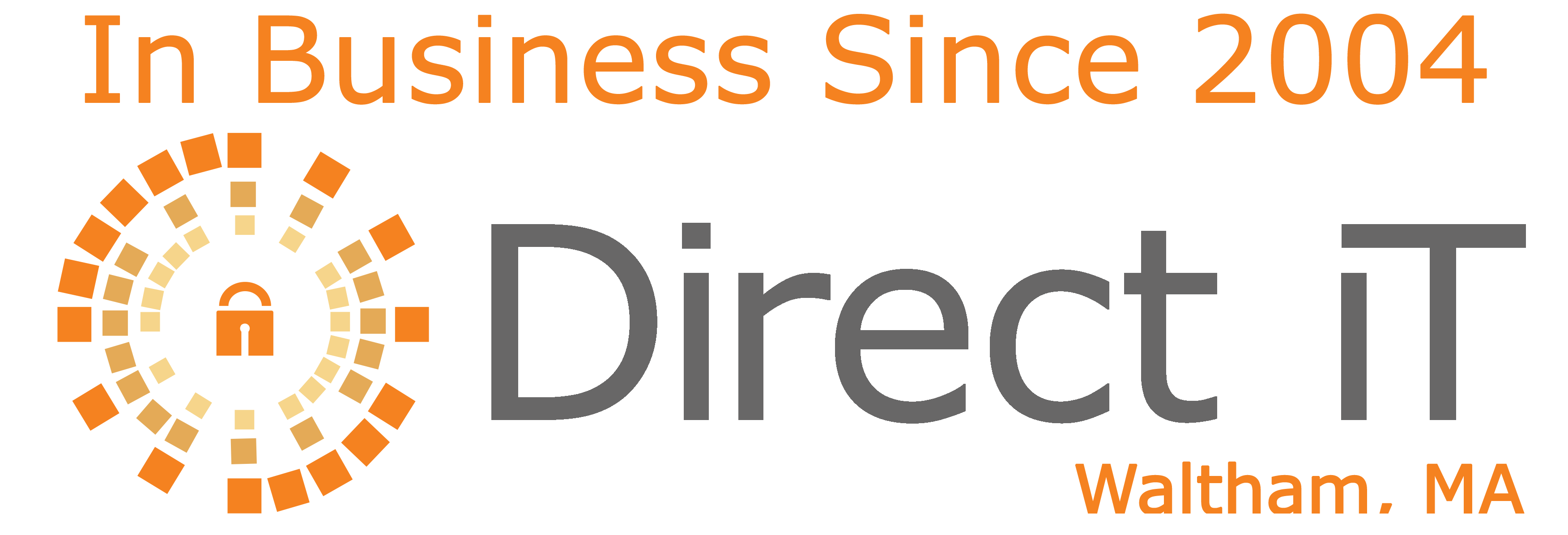Within days of taking office, the Biden Administration announced a $1.9 Trillion economic stimulus proposal, which includes $10.19 billion earmarked for “IT Modernization and cybersecurity initiatives,” the largest such federal IT infrastructure project ever proposed. Included in that total is $9 billion planned to go into the General Services Administration’s Technology Modernization Fund, a central fund created in 2017 which allows federal civilian agencies to finance modernization efforts.
Created in 2017 after President Trump signed the Congress’ Modernizing Government Technology Act, the Technology Modernization Fund (TMF) has, at most, topped out at $25 million in annual appropriations, according to the Washington Business Journal, who notes that this move “represents a substantial investment in those modernization efforts.”
According to a statement released by Biden’s team, “the president's plan will provide emergency funding to upgrade federal information technology infrastructure and address the recent breaches of federal government data systems. This is an urgent national security issue that cannot wait.”
In Autumn 2020, a global data breach affected multiple federal agencies including the Centers for Disease Control and Prevention, the Justice Department, as well as the Treasury and Department of Commerce.
Senator Marco Rubio, acting chair of the Senate Intelligence Committee, called the attack the “gravest cyber intrusion in our history.”
Matthew T Cornelius, former Senior Technology and Cybersecurity Advisor in the Office of Management and Budget under President Trump, spoke with Protocol about the TMF, which he helped get off the ground.
According to Cornelius, the TMF was created so that agencies wouldn’t have to plan years ahead to request funding, only for their projects to be obsolete once the application goes through all government channels. “There are significant investments to make. I'm thinking of things like collaboration tools, so that agencies can talk and share information more easily across the departments. I think of secure remote work,” he said.
One process that has already been digitized with TMF funds is the H-1B Visa process, which allows companies in the United States to temporarily employ foreign workers. What used to have to go through several departments through the US Postal Service now takes just a fraction of that.
This is all good news, because if there’s one thing we can all agree on, it’s that no one wants to deal with a long government process.

